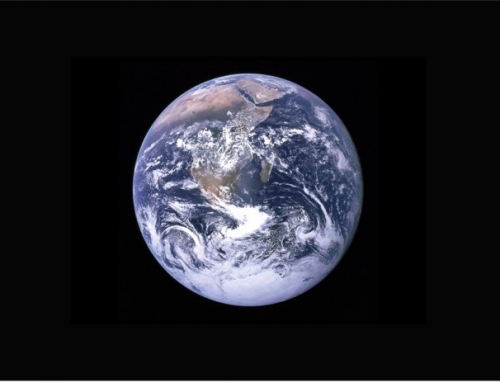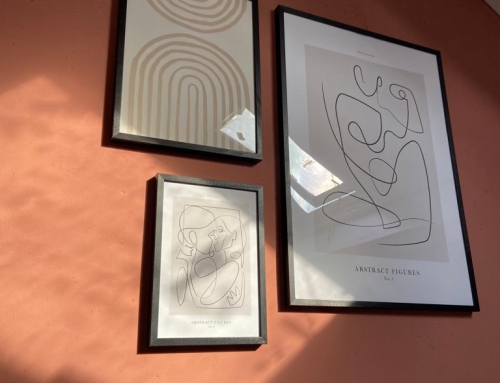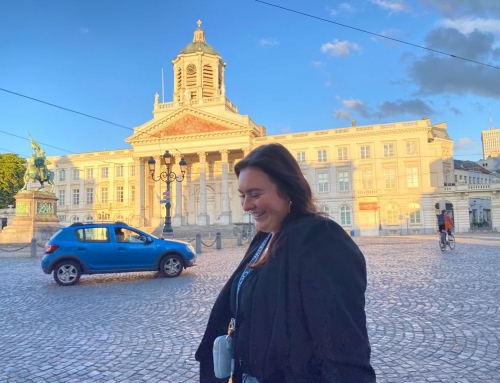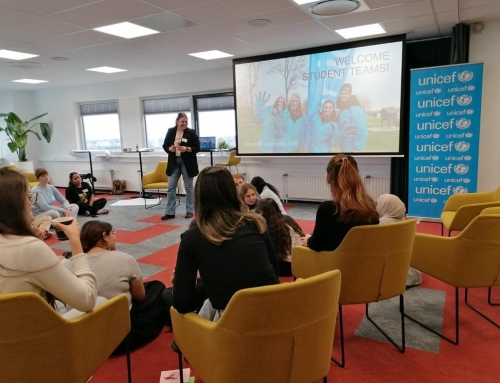Do we stick to our own realities, our own systems, and our own beliefs? Or are we going to step outside of our bubble and reflect on ‘’the way we have always done it’’?
The sentences I ended my first blog with. I reflect on everyday situations and problems all the time, to process and come to terms with the thoughts and feelings I have about them. The Corona situation gives me the opportunity to take a step back and utilize moments of reflection to deal with difficult or challenging situations. How do we shape the world if we all start from a different worldview? Are we even able to reflect on the Corona pandemic and discover what the new normal after Corona will be? Equally important is the framework in which we view these questions: our frame of mind, our vision of the world, the lenses through which we look at the world to the future.
John Dewey examines in his book How We Think (1910), what separates thinking, a basic human faculty we take for granted, from thinking well, what it takes to think reflectively, and how we can channel the overflow of information. However, according to associate professor of education Carol Rodgers (2002) an extensive examination of what he actually meant by reflection is missing from the contemporary literature. According to him, reflection has suffered from a loss of meaning over the past years. It has lost its ability to be seen, in becoming everything to everybody. It is difficult to talk about reflection, without a clear picture of what it looks like. The lack of a common language means that talking about it is either impossible, or people find themselves using terms that are different but have overlapping meanings or are common but hold different meanings (Rogers, 2002).
Now I hear you thinking: so, it is actually impossible to reflect on our world, our systems, and our realities? No, I don’t think that’s the case. We think too often in boxes. This is called pigeonholing: a process that attempts to classify disparate entities into a limited number of categories (Psychology Wiki, n.d.). Jelle Hermus (2017), the founder of online platform “soChicken”, gives as example “good” and “bad”. As humans, we often have a tendency to judge and feel that everything in our lives can be classified into one of these categories. Good and bad are nothing more than stickers that we want to stick on things. Yet, pigeonholing and sticking stickers on certain things show that we can indeed reflect together; we all come from the same root, but the leaves are all different. Almost everyone considers human life as valuable and important. We all know in one way or another that people have rights and that it is ethically wrong to violate those rights. We know that we have obligations to our friends, family and humanity at large. However, whether we act accordingly is a different story.
THE MUNICIPAL ‘’HABITS’’
Pigeonholing and being able to reflect properly is something my commissioner, the municipality of Eindhoven, is also struggling with at times. Now you might think: ‘’Amber, that is a prejudice you have, that is not something you can say in the initial phase of your graduation project’’. It would be a prejudice if I had not been working on a project for the municipality of Eindhoven for a few months already and if they had not already shown it. What strikes me is the people that I am working with from the municipality can articulate themselves well; they can clearly express what they want what they want. However, action is rarely taken immediately, their thoughts remain thoughts and are often (unconsciously) pigeonholed.
This is something the municipality is aware of, especially with regard to the Emmasingelkwadrant plan area. In the coming years, a lot will happen in this neighbourhood adjacent to the city center: old buildings will be demolished, new high-rise buildings will be built, and a park will be constructed. However, it has been a few years since these developments, especially the park, have been promised to the people working and living in the area. The municipality and the real estate developers have been in negotiation about the permits and developments for years already. As a result, the area looks and feels neglected (M. Karssemakers, personal communication, December 2020). Especially the public space is a sad mixture of parking lots, an empty square, and a dry field. The municipality expects the park to positively transform the complete living experience of the public space in the area. However, in the meantime, local residents have become impatient by the long run-up towards the planned developments (Klijn & Ulrich, 2021).
In the book “Why municipalities do not listen to citizens” (Waarom gemeenten niet naar burgers luisteren) writers Rob Janssen and Paulus Blom (2015) investigate how it is possible that everyone within the municipality knows what needs to be done and yet nothing happens. They found an answer: Habits. Can’t let go. Want to keep power. Fear that dealing differently with citizens will lead to all kinds of undesirable effects. Apparently, the need to change is not yet sufficiently present. As long as municipalities continue to dominate the policy-making process, the necessary change will not come about. While society does ask for change, in which pigeonholing is a thing of the past and we reflect well on the situations that arise. After decades of functioning top-down, the government will now have to take a horizontal position to bring about change (Janssen & Blom, 2015).
TOP-DOWN TO BOTTOM-UP
More and more municipalities, including the municipality of Eindhoven, notice that this change is necessary and are looking for a solution to give shape to the administrative transformation. The municipal organization is struggling with the so-called “doing democracy”, a form of participation where ‘doing’ is central instead of talking, debating, or lobbying (Prodemos, 2016). The municipality embraces the energy that comes from participatory citizen initiatives but struggles with administrative streamlining of all bottom-up activities. Nevertheless, they do realize that a new approach is necessary, in which they act as facilitators instead of directors. The challenge here is mainly to give shape to ambitions and wishes in co-creation with the people and parties involved (Arets, 2020).
The municipality of Eindhoven is aware that it has not performed well on a social and co-creative level in the Emmasingelkwadrant in recent years. Especially when it comes to involving the residents and entrepreneurs in the developments that are going on in the area. I was asked by the municipality to look for ways to get people excited about the future of the neighbourhood in the run-up to the start of the planned development projects. They asked me to create ‘positive buzz’ together with the people living and working in the area, with the aim of setting up a lively neighbourhood community. However, I believe we should focus on encouraging citizen-led action for the things that are done collectively and create new space for bottom-up. So no longer focus on TO and FOR the locals, determining what the area needs from a top-down approach, but rather WITH the locals. To ultimately strive for a situation where things are done BY citizens, acting as co-creators and main producers of their own living environment. A situation where things are done that citizens have to do collectively (Russel, 2020).
TIME FOR CHANGE
Pigeonholing, not being able to reflect properly, not involving the locals well enough and determining what is good for neighbourhoods from a top-down approach, is a thing of the past. It is time to start focussing on the energy that lives within the neighbourhood by reverting to a more human vision on the matter. Focussing on the ambitions and wishes of the locals and try to discover together how to improve the general living experience of the Emmasingelkwadrant. A neighbourhood does not flourish because of the growth of top-down institutions and external parties, but by focussing on the strengths of the neighbourhood and empowering the citizens. A good example is the Bos en Lommer district in Amsterdam. This area has been developed using the strengths of the community: bottom-up area branding (Nederland Kantelt, 2015).
Do we stick to our own realities, our own systems, and our own beliefs? Or are we going to step outside of our bubble and reflect on ‘’the way we have always done it’’?
I think it’s time, for both the municipality and the inhabitants of the Emmasingelkwadrant, to create a new reality, a new system, form new beliefs and reflect on how we can do this better together. ‘’The way we have always done it’’ is going to make way for ‘’The way we’re going to do it’’.





